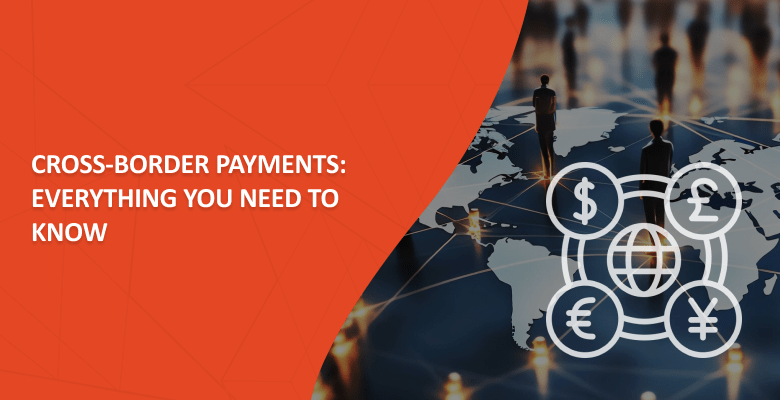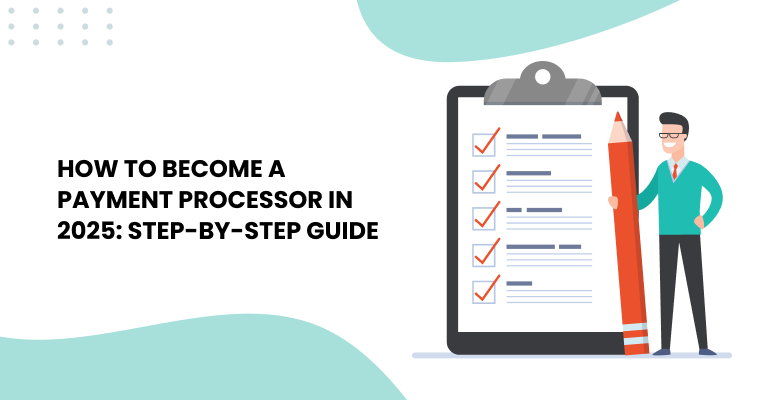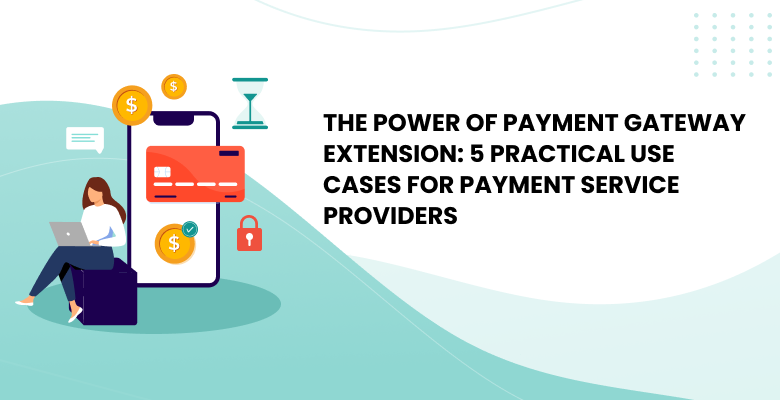
- What are cross-border payments?
- How cross-border payments work
- Importance of cross-border payments
- Types of cross-border payments
- Who uses cross-border payments?
- Advantages of cross-border payments
- Cross-border payment methods
- Sending Cross-Border Payments
- How to accept cross border payments
- Recommendations for cross-border payments
- Cross-border payments with Akurateco
- Conclusion
Today, we’re used to making purchases from across the globe quickly and easily. Yet, this was beyond customers’ wildest imagination just half a century ago. Modern financial technologies, specifically cross border payments, have made global online money transfers a reality. At present, any business that fails to harness the benefits of cross-border payments is left behind in the race for market share. To help you take your payments beyond borders, we will provide full information on cross border transactions and how to use them most effectively for your business in this article.
What are cross-border payments?
Cross border payments refer to transactions conducted between parties located in different countries. Simply put, any transaction that takes place beyond the borders of a single country is automatically considered cross-border. These transactions involve money transfers via financial institutions using various cross border payment methods and systems. For instance, when a customer in Germany purchases goods or services from a local business, it’s considered a domestic transaction. On the other hand, if a customer in Belgium pays for goods or services to a German company using a specialized cross border payment gateway, that transaction qualifies as cross-border.
How cross-border payments work
Now that you know what are cross border payments, it’s time to explore how does cross border payments work in greater detail. What sets cross-border transactions apart from domestic ones is the need for currency conversion, international transaction fees, and compliance with local tax regulations that merchants need to consider. Therefore, cross border transaction processing relies on a complex process that includes multiple parties and steps. Here’s a brief overview of how cross-border payments work:
Checkout
When a customer is ready to pay for an item on a merchant’s website, they proceed to checkout.
Currency and payment method choice
If the merchant provides multiple payment methods and allows for a choice of currency, the customer selects their preferred options, ready to make the payment.
Payment processing
After the customer enters their payment information, a payment gateway takes over. It securely sends the data to the processor, card network, the customer’s issuing bank, and the merchant’s acquiring bank for verification.
Currency conversion and authorization
If the customer has chosen a currency that differs from the merchant’s base currency, the gateway performs a currency conversion, applying the necessary exchange rates and conversion fees. Lastly, the banks involved in transaction processing confirm the authorization of the transaction.
Transaction completion
Once the transaction is authorized and processed successfully, both the customer and the merchant receive confirmation of the completed transaction..
Importance of cross-border payments
The ability to accept cross border transactions plays a crucial role for online businesses. First of all, it allows merchants to access global markets. While merchants restricted to accepting domestic transactions face limitations in customer reach, those who utilize cross border payment solutions have limitless opportunities for reaching foreign markets.
By accepting cross border payment methods, businesses have the potential to increase sales, attracting international customers who may be interested in their offerings. Furthermore, they can participate in the maturing local niche markets abroad.
Additionally, accepting payments worldwide allows businesses to stay ahead of their competitors. By catering to the growing number of international shoppers, merchants can surpass their competitors who may not offer such payment options and gain an advantage in foreign target markets.
Types of cross-border payments
Cross border transactions fall into two categories, depending on the nature of the transaction. They are:
Retail transactions
Retail transactions occur when a business (typically a retailer) sells goods or services directly to a consumer for personal use. These transactions fall under the Business-to-Consumer (B2C) category. Payment methods in B2C transactions are consumer-centric, including credit/debit cards, digital wallets, and various online payment options.
Wholesale transactions
Wholesale transactions involve the sale of goods or services from one business to another, typically in large quantities. These transactions belong to the Business-to-Business (B2B) domain. Payment methods for B2B transactions can vary from traditional credit/debit cards, including electronic funds transfers, purchase orders, trade credit, and more. Both categories utilize diverse cross border payment methods, tailored specifically to their transaction types.
Who uses cross-border payments?
In fact, it is easier to name which categories of businesses do not use cross-border payments than to list all those who do. If a merchant accepts transactions from at least one country other than their own, they are leveraging cross border payment feature.
Cross-border payments are used by a diverse array of businesses and organizations engaged in international trade, commerce, and services. The industries most extensively using cross-border payments include e-commerce retailers, wholesalers, travel and hospitality, marketplaces, subscription-based services, etc.
Advantages of cross-border payments
Cross border payments offer significant advantages to both merchants and customers involved in international transactions. Here are some key benefits:
Access to international markets
One of the main advantages of cross-border payment technologies is businesses’ ability to extend their reach beyond domestic borders into global markets. This means that they are no longer confined to a single geographical region, and they can connect with potential customers in various countries around the world.
Revenue boost
By venturing into international markets, businesses can unlock new sources of revenue. They can focus on regions with an increased need for their products, create unique seasoned offerings, or boost their revenue by increasing sales volume.
Business expansion
Cross-border transaction acceptance enables businesses to scale up. Not only can it lead to business growth and expansion opportunities but also to new partnerships and collaborations.
Diverse payment methods
Entering international markets allows businesses to diversify the range of payment options available to their customers. In addition to the payment methods commonly used in their respective regions, they can introduce alternative payment options, including bank transfers, e-wallets, instant payments, cryptocurrencies, and more. By offering customers a more diverse set of payment options, businesses can reduce cart abandonment on their websites and, in turn, enhance conversion rates.
Brand awareness
Accepting cross-border transactions can elevate brand awareness. The global presence offers increased visibility, encourages word-of-mouth marketing, allows for market-specific promotions, and provides opportunities for new alliances. Together, these elements create a strong brand image on a global scale, which is critical to business growth and success.
Cross-border payment methods
There are various ways payments are made between parties located in different countries. To provide their customers with the best payment options, businesses should have a firm grasp of various payment methods.
The most common cross-border payment methods include:
- Bank wire transfers: funds transfer between two banks or financial institutions located in different countries. It is a reliable payment method with a high-security level, usually used for large transactions.
- Credit/debit cards: transactions made via credit or debit card. This method offers global reach, security, and currency conversion capabilities. This often makes it a preferred choice for businesses and customers making international transactions.
- E-wallets: transactions made via digital wallets, such as PayPal, Skrill, and Alipay. E-wallets belong to alternative payment methods. They have gained wide acceptance among customers worldwide due to their accessibility.
- Mobile payments: transfers made via mobile apps such as Google Pay and Apple Pay. There are a variety of factors that contribute to their popularity, including technological infrastructure, smartphone compatibility, and market trends.
- Cryptocurrencies: Bitcoin, Dogecoin, Ethereum, and other cryptocurrencies used for cross border payments. They are commonly used in e-commerce, travel, online gaming, and remittances, facilitating borderless and cost-effective transactions.
Sending Cross-Border Payments
Having explored cross border transactions in-depth, let’s shift our focus to how customers engage in them.
Sending cross border payments involves multiple steps that vary depending on the payment method and service provider. Here is a general overview:
Step 1: Choose a payment method
When customers are ready to pay for goods or services, they proceed to checkout. Here, they review the available payment methods and select the most convenient option for a cross-border transaction in their region.
Step 2: Provide recipient details
Next, they enter the recipient’srecipient’s information, including name, contact details, and account information.
Step 3: Specify currency
Then, they specify the currency in which the transaction should be made. Currency conversion will occur if the merchant’s base currency differs from the customer’s.
Step 4: Payment processing
Based on the selected payment method, the system transmits the customer’s transaction to the relevant processor for further processing, verifying payment information, and ensuring transaction security.
Step 5: Transaction completion
The customer and merchant are notified of the successful transaction once the transaction is verified, authorized, and successfully processed.
How to accept cross border payments
Going beyond borders when accepting funds is crucial to expanding a business’s reach and revenue. The easiest way to do this is to partner with a cross border payment solution. Businesses can also benefit from adopting comprehensive cross border payment platforms, which simplify international payment management significantly.
Today, the financial technology market offers various solutions to streamline cross-border payment flow. The payment orchestration platform, meticulously designed to align with merchants’ requirements, is of particular significance to businesses. This platform serves as a centralized hub, gathering multiple payment methods, banks, and providers under one roof, along with advanced technologies to streamline the payment process.
By adopting a payment orchestration platform, merchants can easily access cross-border payouts and pay-ins, often within just a few days. Payment orchestration platforms offer a wide range of payment methods from different providers via an open Application Programming Interface (API). It means they are already integrated into the system and are available to merchants via one integration into the platform.
Recommendations for cross-border payments
With over 15 years of experience in the online payments sector, we are well-equipped to offer a range of suggestions for optimizing cross border transactions acceptance. They include:
Multiple payment options
To meet the payment preferences of customers from various regions, it’s essential to provide them with the ability to make payments using widely accepted methods in their area. For this, merchants need to establish several integrations with banks and payment providers in each region they cover, including local ones.
Payment routing
Our platform offers not only an extensive array of integrated connectors but also incorporates intelligent payment routing technology that automatically directs each transaction to the bank or payment provider most likely to process it successfully. Payment routing is a vital technology for businesses accepting funds globally as it can be tailored for each region individually based on a number of predefined parameters.
Cascading
Another crucial technology to consider is cascading. If a customer’s transaction is declined by one payment channel, it is automatically sent to another to be processed successfully within one payment attempt. This technology helps to reduce false decline rates, resulting in higher revenue.
Optimized checkout
When working with clients from different regions, it’s imperative to optimize checkout accordingly. For your customers’ convenience, you should adapt checkout to their language, offer relevant payment methods in the correct order, and customize payment fields. That is precisely what smart checkout technology does.
Explore how to craft an ideal payment experience for your customers in the article below:
Optimizing Checkout Process: Key Components for a Superior Payment Experience
Customer-friendly currencies
When engaging in business across diverse geographical regions, it’s essential for cross border payment systems to enable customers to see prices in their preferred currency, even if it differs from the merchant’s base currency. This not only prevents customer confusion regarding prices but also enhances the convenience of making a purchase.
Cross-border payments with Akurateco
Akurateco is a reputable white-label payment orchestrator known for consolidating cutting-edge technologies and numerous payment integrations within a unified cross border payment platform. Our cross-border payment platform is designed to relieve merchants worldwide from the complexities of transaction management, ensuring a straightforward and hassle-free payment flow.
With Akurateco, merchants can gain access to over 300 banks and payment providers via one integration to the platform, including traditional and alternative ones, such as e-wallets, cryptocurrencies, etc.
Find out how you can expand your business internationally through Akurateco’s extensive global payment integrations in the article below:
Expanding Your Business Into New Regions With Akurateco’s Global Payment Integrations
By using Akurateco, businesses are also able to:
- Increase approval rates by up to 20% using intelligent routing technology.
- Grow their payment conversion rate by up to 30% with payment cascading.
- Leverage a PCI DSS Level 1 certified payment system with advanced fraud prevention technologies.
- Benefit from smart checkout, choosing preferred payment methods, the order in which they are displayed, and the checkout page’s language for clients from various regions.
- Monitor real-time transaction data from various payment channels in one consolidated admin panel with built-in payment analytics.
Conclusion
Overall, understanding and effectively managing cross-border payments is essential for modern merchants seeking to expand their reach, as it is a key to unlocking the vast global market. However, cross border transactions come with their share of challenges, which can be addressed by advanced payment solutions like payment orchestration. If you’re curious about how this cutting-edge payment orchestration platform can benefit your business, don’t hesitate to set up a Free Demo with the Akurateco experts, who will be happy to answer all of your questions.






